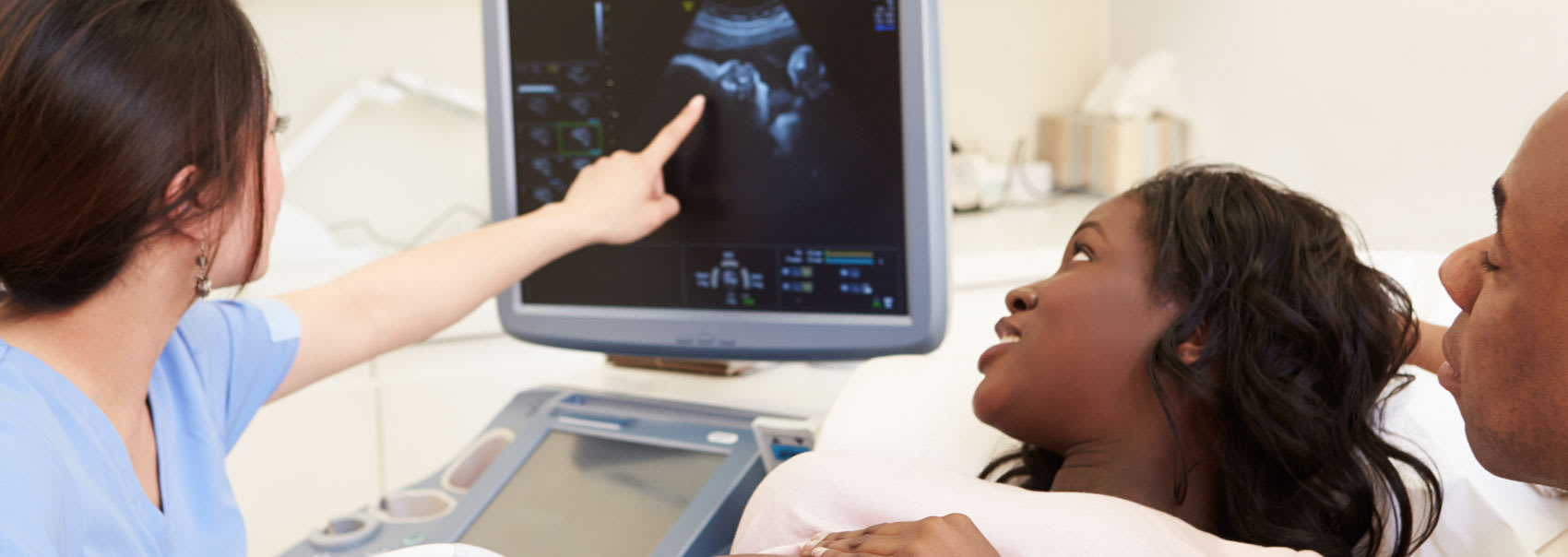If you have issues with heart health, your doctor may refer you to our imaging clinic for cardiac imaging tests. In this post, we share information about the purpose of each test and what you can expect from them.
What is cardiac imaging?
Our heart is the engine of our body; it performs vital functions such as carrying oxygen, hormones, fuel and essential cells. It also removes the waste products our metabolism leaves behind. It will beat about 2.5 billion times over the course of an average life and push millions of gallons of blood to every part of our body.
Because our cardiovascular system takes on an immense workload, it’s also susceptible to problems or failure for a number of reasons - from lousy genes to infection, lack of exercise and poor diet. If you have issues with your heart, your doctor or cardiologist may refer you to our team at Premier Imaging for cardiac imaging and diagnostic imaging tests. These may include a general ultrasound, 3D ultrasound and X-Rays. Today, we’ll explain each of these in detail and how they can help diagnose cardiac issues.
General Ultrasound
Also referred to as sonography, ultrasound testing is a useful diagnostic tool that allows us to safely learn more about the structure and appearance of your heart, diagnose heart conditions and to detect any abnormalities.
During this non-invasive procedure, we use high-frequency sound waves to create images in real-time and watch blood as it flows through blood vessels. A technician will place gel on your skin, then wave a transducer over a certain area. Sounds bounce back and are fed into a computer, then transformed into an image.
3D Ultrasound
3D ultrasounds are exciting as they allow us to use sound waves returning from different angles to compile a three-dimensional image that offer a more realistic representation of the internal organs.
While a 3D ultrasound is performed similarly to a general ultrasound, it differs in that multiple 2D images are captured from various angles and pieced together to create a three-dimensional rendering. We can use this imaging test to capture a sharp, real-time image of the structures of the heart (3D echocardiography) and visualize your cardiac state.
We are able to track characteristics such as how fast the heart is contracting and expanding in addition to blood flow and chamber volume during the cardiac cycle. This can help us identify diseases within the artery and evaluate heart defects.

